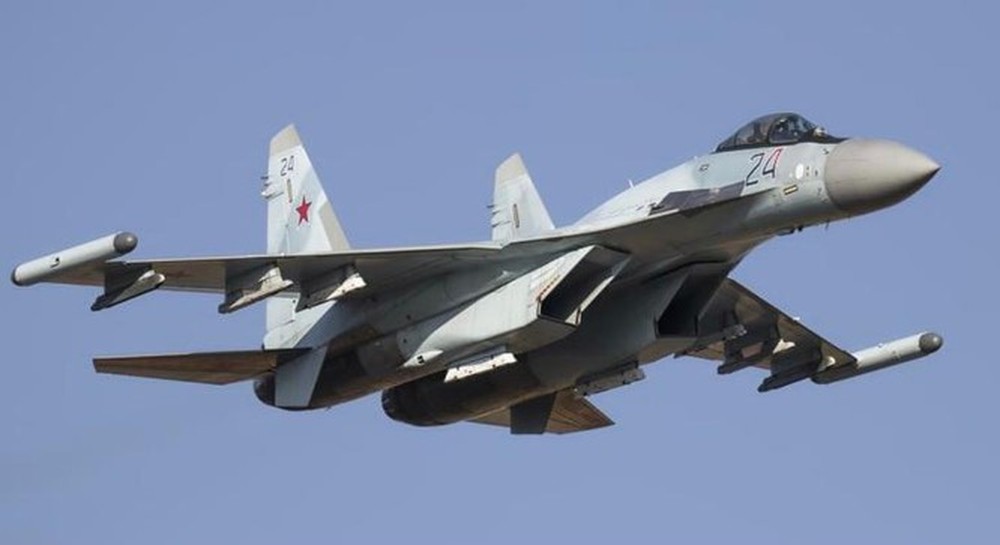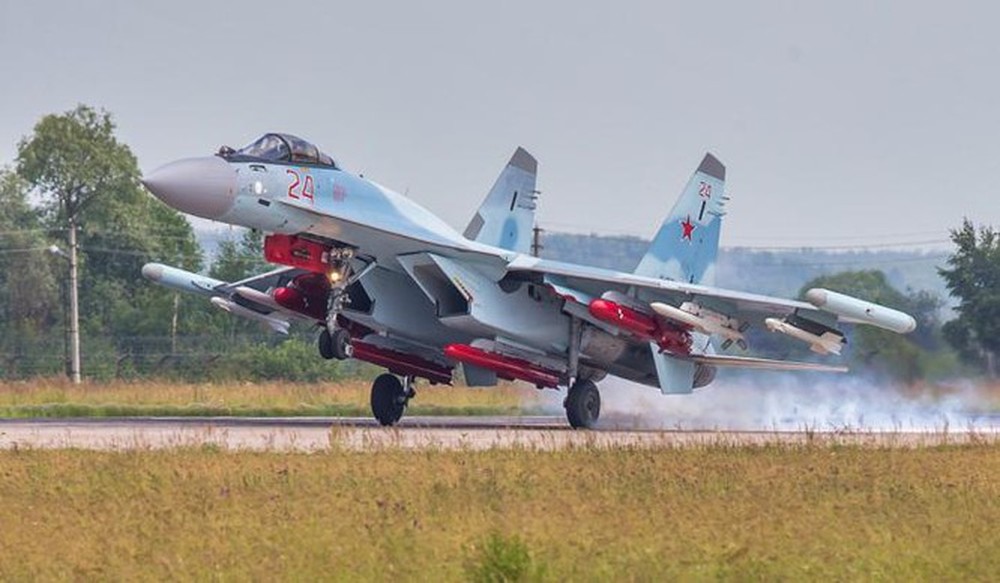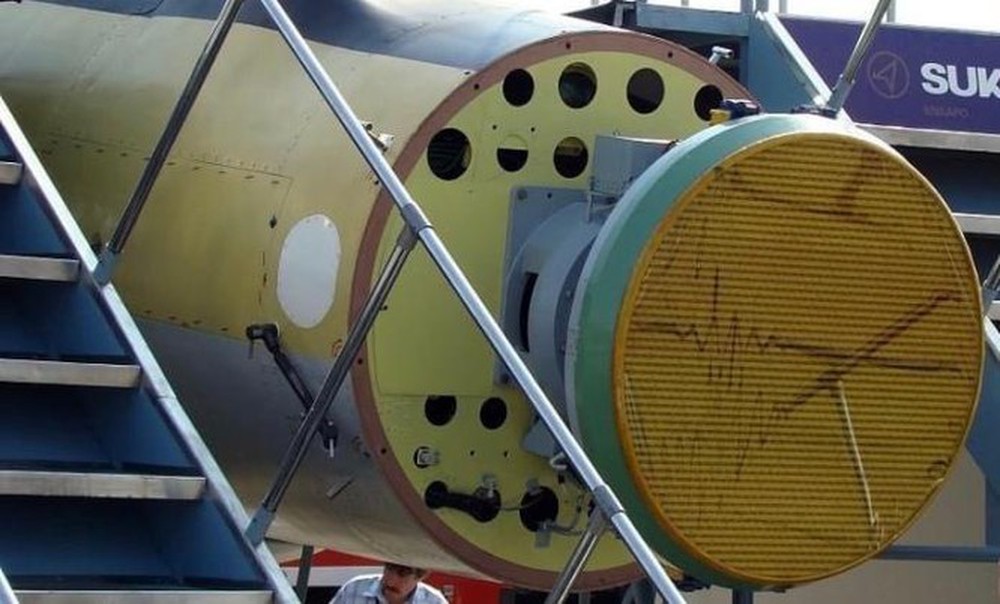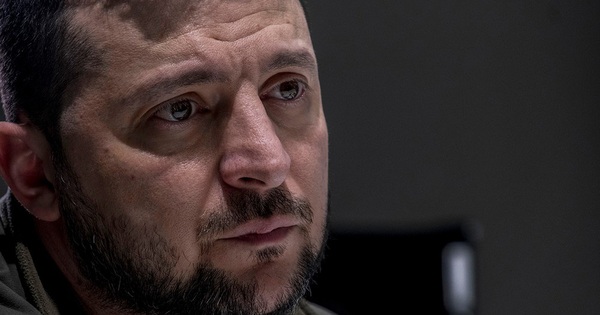Entering service in 2014 after a development period spanning more than 25 years, the Su-35S heavy fighter is by far the most capable fighter in Russia’s service, equipped with at the squadron level and is still in production to this day.
More than 100 are in service with the Russian Air Force and nearly 50 others have been built for export, with the Su-35s first deployed abroad in early 2016 to protect Russian forces in Syria. and deter potential Western or Turkish attacks.
Like most other Russian fighters, the Su-35 was developed based on the design of the Soviet Su-27 but significantly improved in performance with the more powerful AL-41 engine and airframe. flight using more composite materials, and all-new avionics and sensors.
Su-35 is especially appreciated for its high maneuverability at all speeds, very high durability far beyond any Western opponent, coupled with the power of sensors, Khibiny electronic warfare suites. -M and long-range missiles.
However, this type of fighter is considered by experts to be much less capable of fighting than its successor Su-57. Here are 4 weaknesses of the Su-35 fighter.

Russian Su-35 fighter (Photo: Military Watch Magazine)
1. No stealth ability
The most notable difference between fifth generation fighters and fourth generation fighters (including ‘4++ generation’ jets like the Su-35) is that It is the use of low radar cross-section, making the aircraft stealthy, thereby increasing survivability in combat.
The lack of stealth makes the Su-35 face many difficulties in repressive missions. Currently, there are only two manned stealth fighters currently in production and in fleet level service around the world: the Chinese J-20 and the US F-35.
 Su-35 is equipped with Kh-35, Kh-38, R-77 and R-73 missiles (Photo: Military Watch Magazine) |
2. Outdated equipped air-to-air missile
During the 1970s, a major drawback of Soviet fighters was the lack of long-range air-to-air missiles like the American AIM-7.
At that time the Soviet R-40 air-to-air missiles were also appreciated for their range, but they were too heavy to carry on large fighters, they were only fitted on machines. MiG-25 interceptor.
This changed when the R-27 missile entered service in the early mid-1980s, giving fighters such as the MiG-29 and Su-27 a significant advantage over their competitors. Western player.
While the next step in the surface-to-air missile race was the introduction of active radar-guided missiles, with the Soviet R-37 being seen as the most promising and its lighter rival the R-37. -77 offers the same power as the American AIM-120.
The collapse of the Soviet Union delayed both programs, and as a result, Russian fighters remained heavily dependent on improved R-27 variants.
While the R-77 is widely exported with the first agreements signed in the 1990s, the Su-35 was the first Russian fighter to deploy it in 2016.
However, the R-27 is still commonly used on Russian fighters, and the R-77, although comparable to the American AIM-120C, is significantly inferior to the AIM-120D and PL The Chinese -15 entered service in 2014 and 2015.
A new type of missile has been developed for the Su-35 that can potentially turn its disadvantage into a great advantage, namely the K-77M with its unique APAA guidance for twice the range compared to the R. -77, and R-37M with a huge 400km range and Mach 6 speed.
However, these types of missiles have not yet been widely put into service by Russia on its fighter models.
 Radar Irbis-E (Photo: Military Watch Magazine) |
3. PESA . Radar
The lack of active electronically scanned array radar is a notable shortcoming of the Su-35 as they have become increasingly standard since the 2000s, in which Russia and European countries have been slow to adopt the technology. This technology is the best compared to China, Japan and the US.
Although the Soviet Union was 20 years ahead of its opponents in equipping the first electronically scanned array radars for air combat – the older passive electronically scanned array radars – with the decline of the defense sector after With the collapse of the Soviet Union, progress on the development of new radars has slowed significantly.
However, the Irbis-E radar of the Su-35 is still considered the most powerful non-AESA radar in the world. The radar can detect fighter aircraft at a distance of 400km, which can help the Su-35 identify and shoot down 30 targets at the same time.
While the Su-35SM variant (currently in beta) is expected to incorporate an AESA radar based on the one developed for the Su-57 fighter, the Irbis-E offers superior capabilities to most other aircraft. current AESA radar and complemented by two smaller AESA L-bands in the fighter’s wings for increased situational awareness.
4. High maintenance cost
Although it is considered to have high maintenance and operating costs, in this regard, the Su-35 is still far behind the fighters of other countries such as the US F-22.
The improved design of the Su-35 has helped this aircraft save a lot of maintenance costs compared to the original Flanker design of the 1980s.
The biggest downside of the Su-35 compared to competing fighters is its high maintenance and operating costs. This makes it difficult for the aircraft to maintain operational readiness.
No matter how cost-effective the Su-35 is to produce, it will still cost a considerable amount of money over its lifetime. Maintenance and operating costs play a very important role in wars.
High maintenance and operating costs mean they will make fewer flights and are more “vulnerable” to enemy interception efforts aimed at fuel and spare parts supplies.
at Blogtuan.info – Source: Soha.vn – Read the original article here



